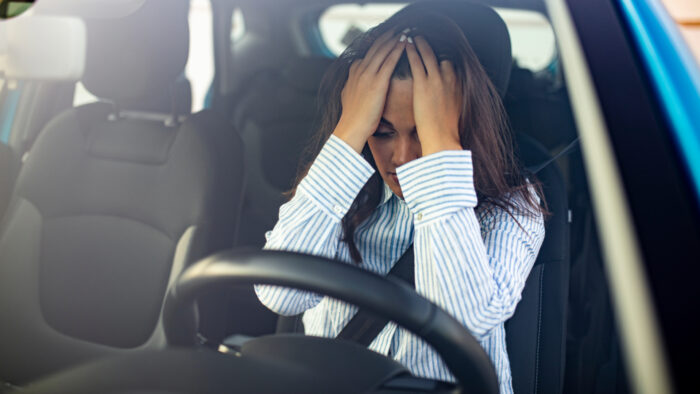Can Distracted Walking Hurt Your Case?
Author(s): Lucy G. Jackson
February 13, 2020

Can “distracted walking” hurt your case?
We have all experienced walking on the sidewalk and being stuck behind a “slow walker” or unexpectedly being bumped into by someone with their head down and eyes glued to their phone screen. Although this can be a mere inconvenience for some pedestrians, what does it mean for pedestrian safety?
A new study published on January 21, 2020 in the Journal of Land Use, Mobility and Environment highlights the presence of “distracted walking” on our city streets, especially in the age of the smartphone. The study was conducted in Sydney, Australia and confirmed that people on their phones “walk significantly slower than people uninfluenced by phone.” The researchers found that on a typical city sidewalk in Sydney, pedestrians holding their phones walked significantly slower than people who were not on their phones (1.2 meters per second vs. 1.34 meters per second).
Pedestrians are the most vulnerable users of our city streets. In 2019, the Toronto Star reported that 42 pedestrians were killed on Toronto streets. In 2018, the City of Toronto Vision Zero Road Safety Plan Report recorded that 150 pedestrians were seriously injured in a pedestrian-motor vehicle collision.
Ontario law rightfully recognizes this vulnerability.
Pedestrians struck by a motor vehicle are subject to the “reverse onus” (section 193(1) of the Highway Traffic Act), whereby the driver involved in a pedestrian-motor vehicle collision has to prove that he or she was driving with due care and attention in order to not be found liable for the pedestrian’s injuries.
However, “distracted walking” can have legal implications for pedestrians involved in motor vehicle collisions.
Even if a driver involved in a collision did not keep a proper look out, for example, a distracted pedestrian struck by a vehicle can still be found partially responsible for his or her injuries. By failing to keep a proper lookout when crossing a street, i.e. using a phone, a pedestrian can be found partially liable (what is referred to as “contributorily negligent”), thereby reducing the damages they would be awarded in Court.
Even if crossing at a crosswalk, pedestrians have a duty to maintain a proper lookout before crossing. This is especially the case when crossing the street within a pedestrian crossover (a crosswalk not at an intersection and usually marked with signs and/or overhead lights), where pedestrians are not allowed by law to leave the curb if it is “impracticable” for the driver of a vehicle to stop (section 140(4) of the Highway Traffic Act). If a pedestrian was distracted by his or her phone before entering a pedestrian crossover and was subsequently struck by a vehicle, the amount of damages the pedestrian would be entitled to would likely be reduced by a Judge or Jury.
Although “distracted driving” and driver errors are the more prevalent dangers to pedestrians, “distracted walking” can not only have negative legal implications for pedestrians, it can also increase the risk of harm. As pedestrians, we must remain vigilant on our streets and save our phone-time for later!
Lucy Jackson is an associate personal injury lawyer at Thomson Rogers. Lucy can be reached at 416-868-3154 or by EMAIL.
Share this




